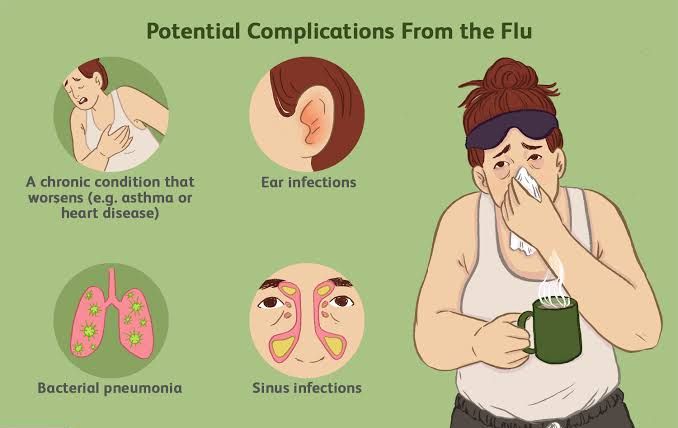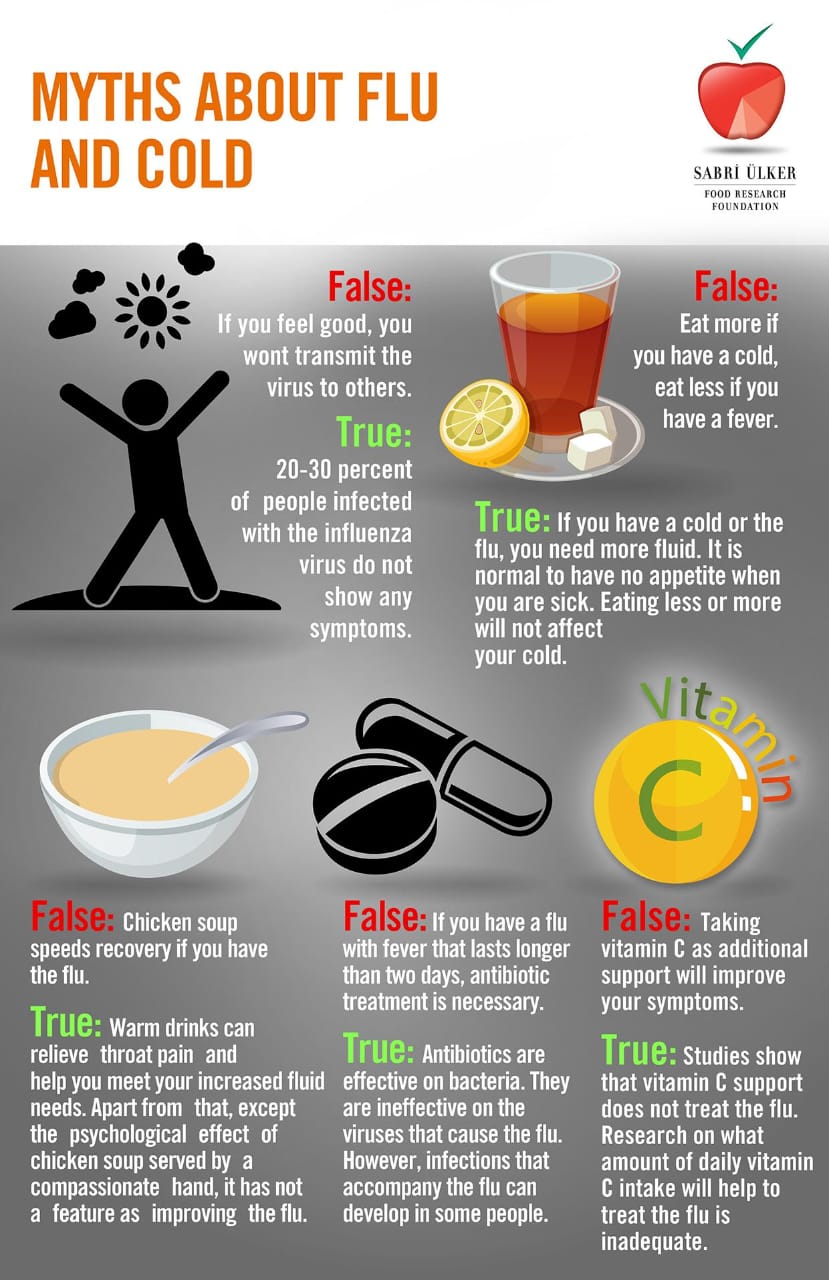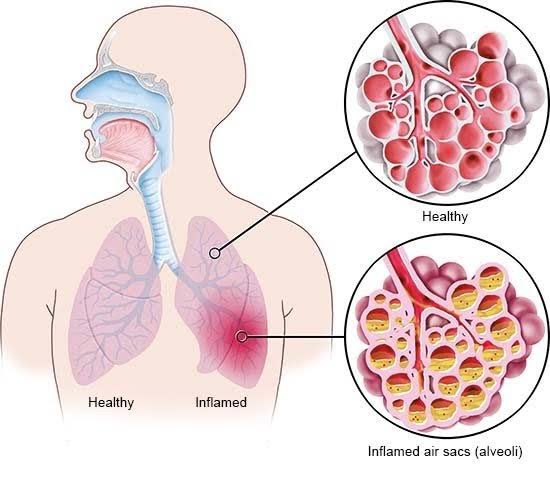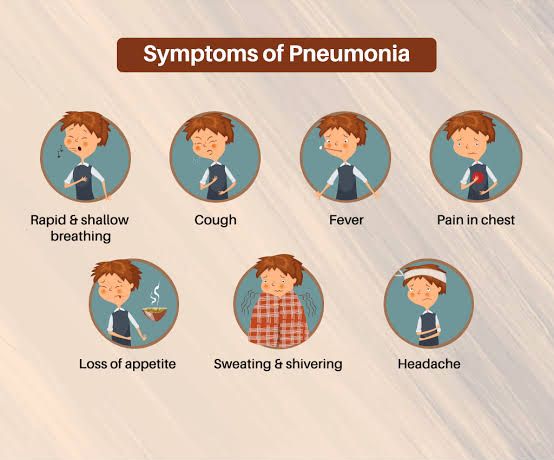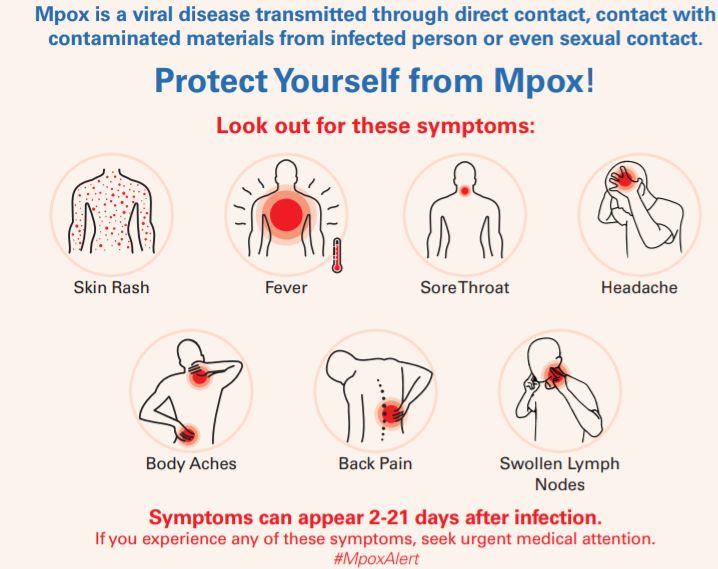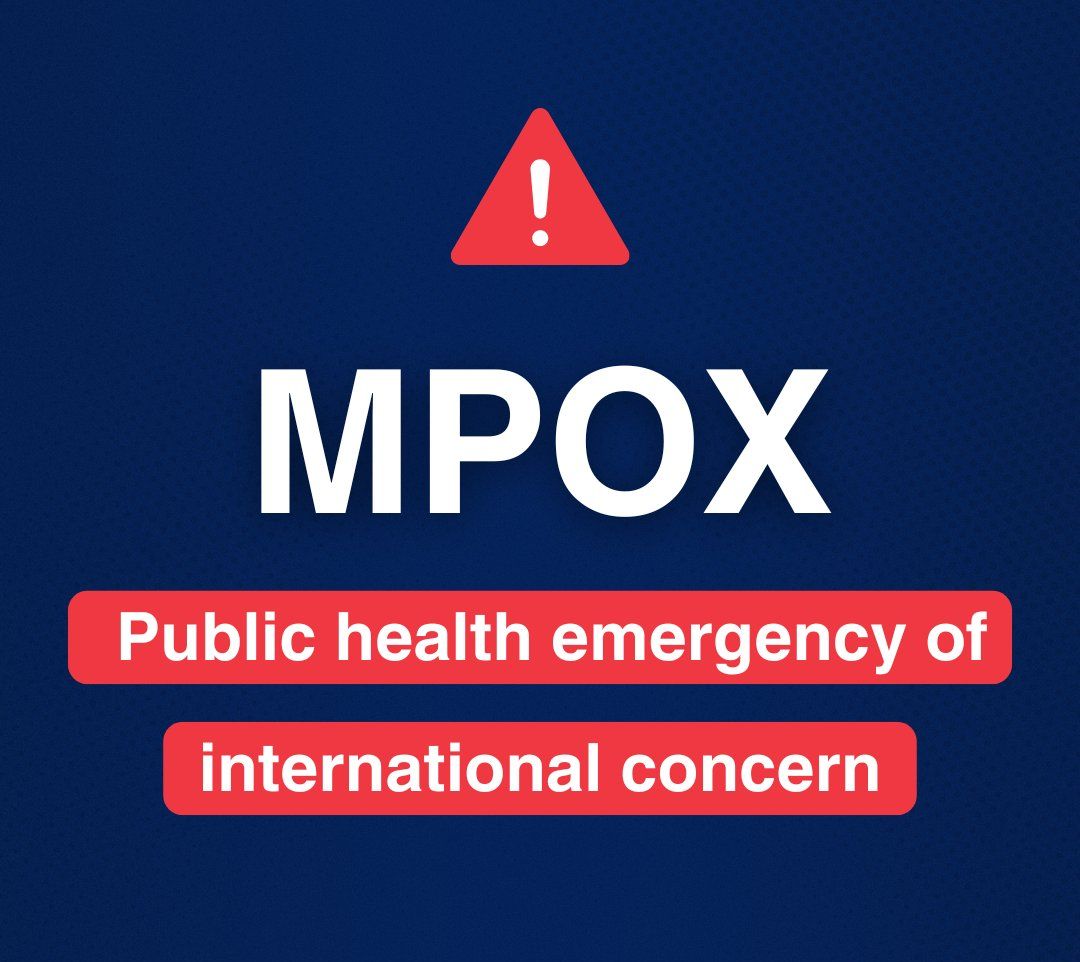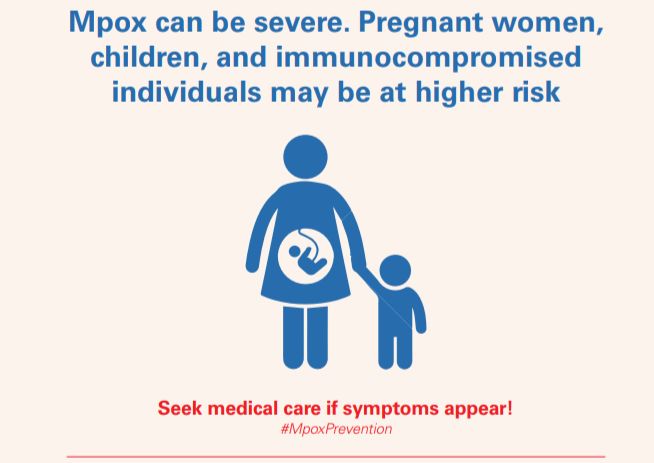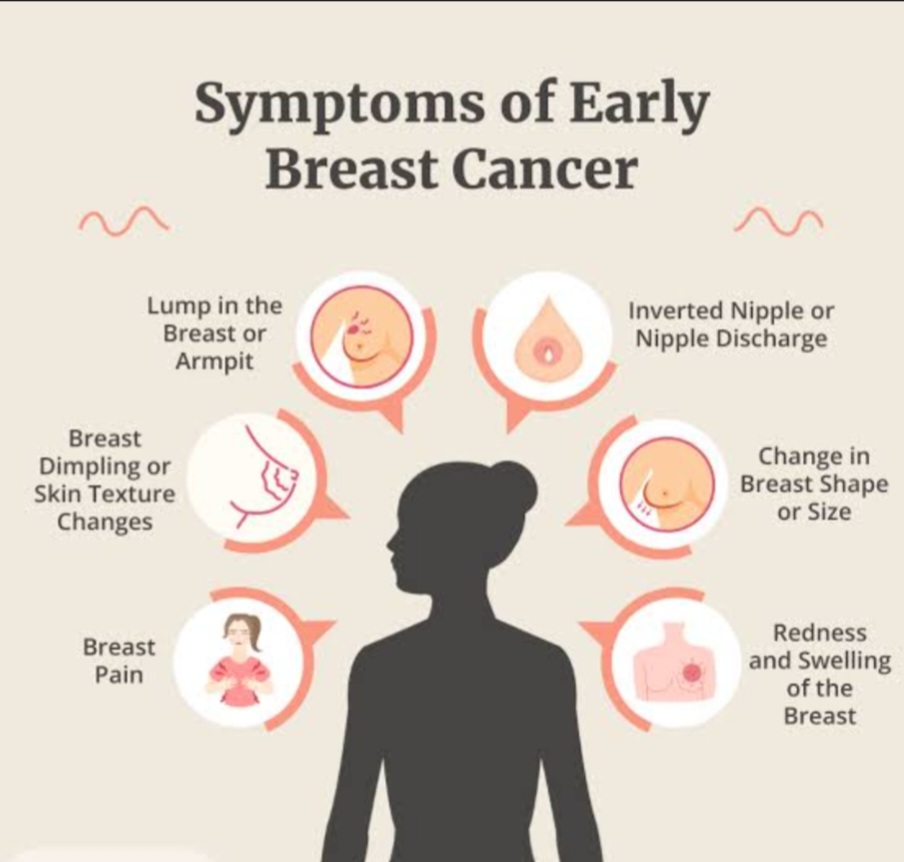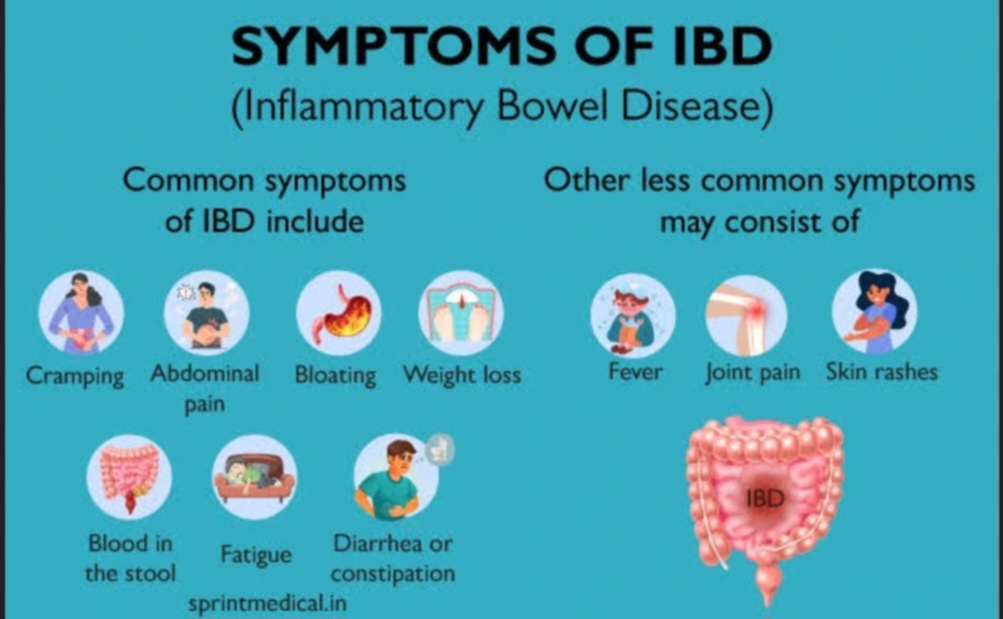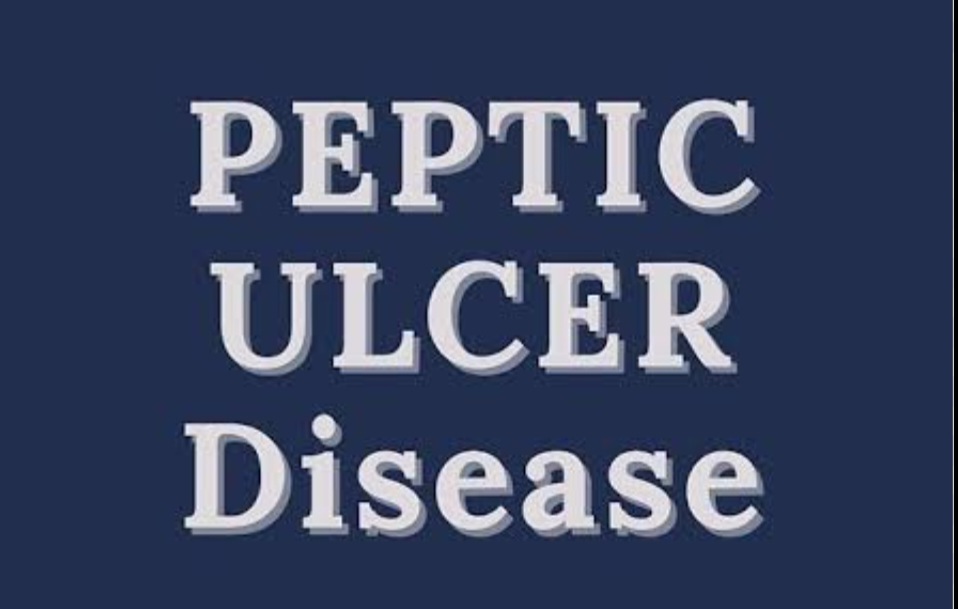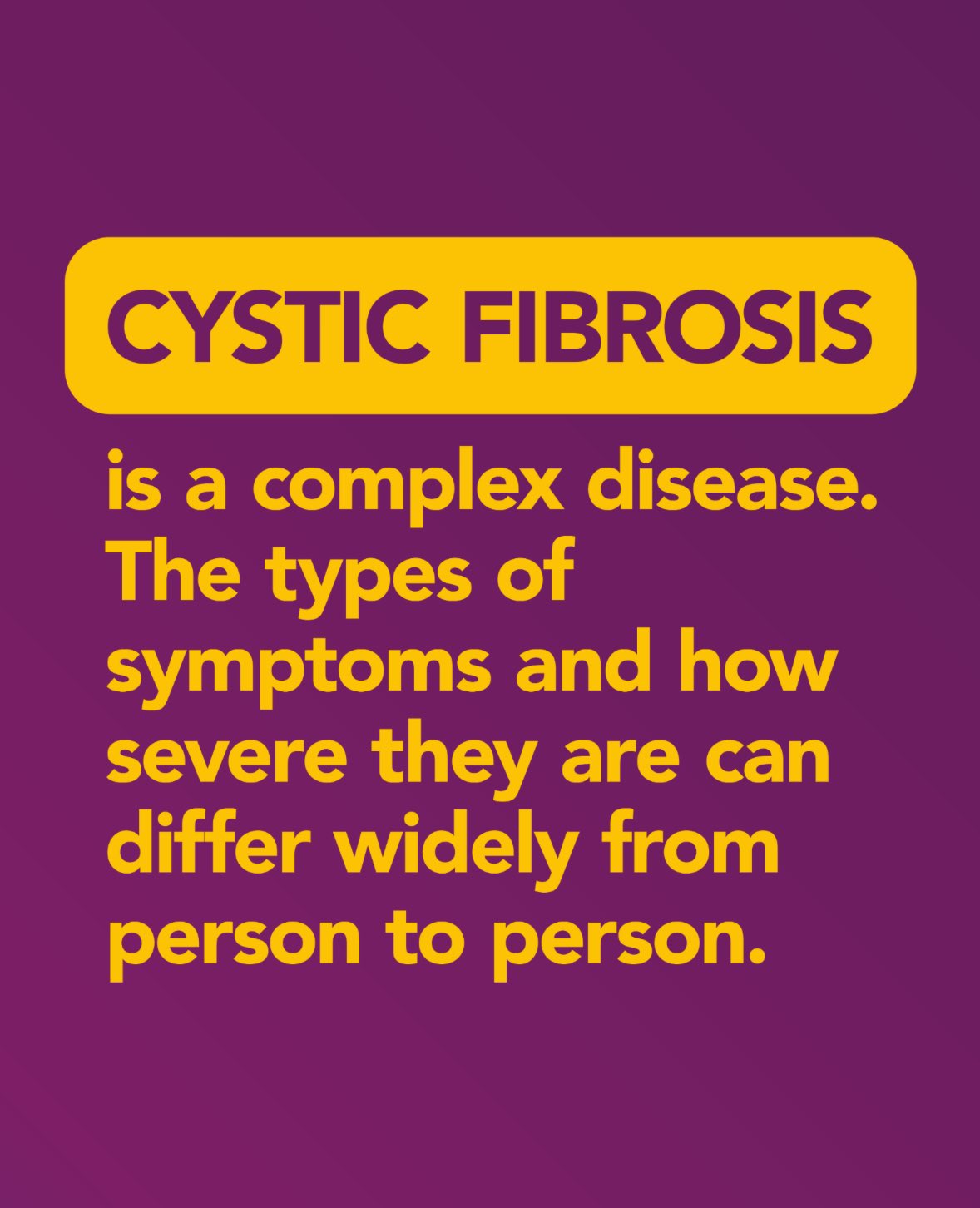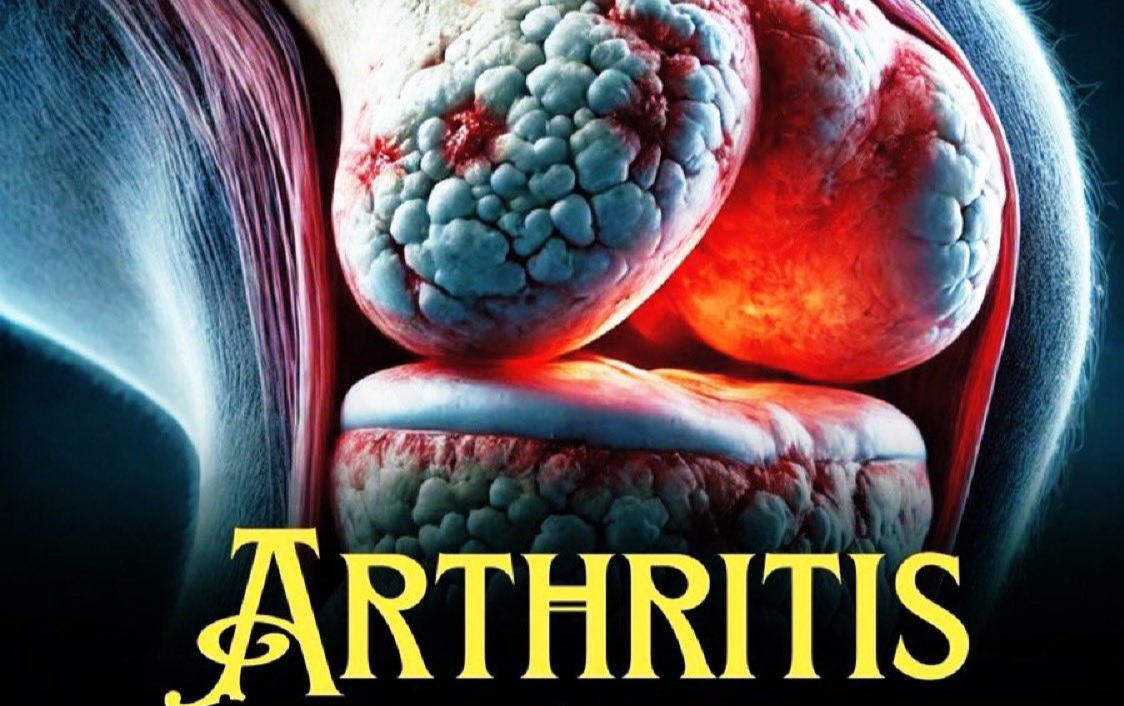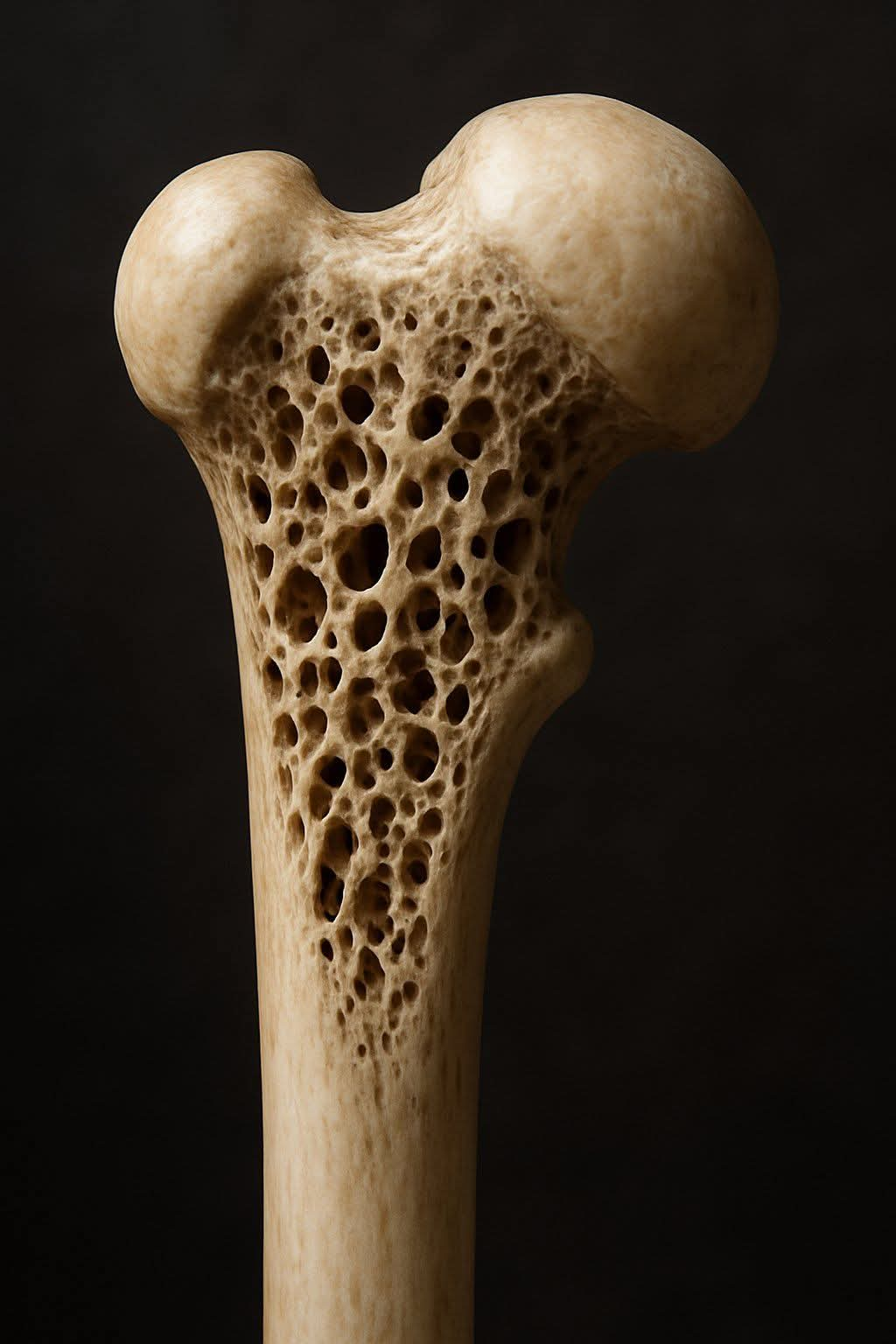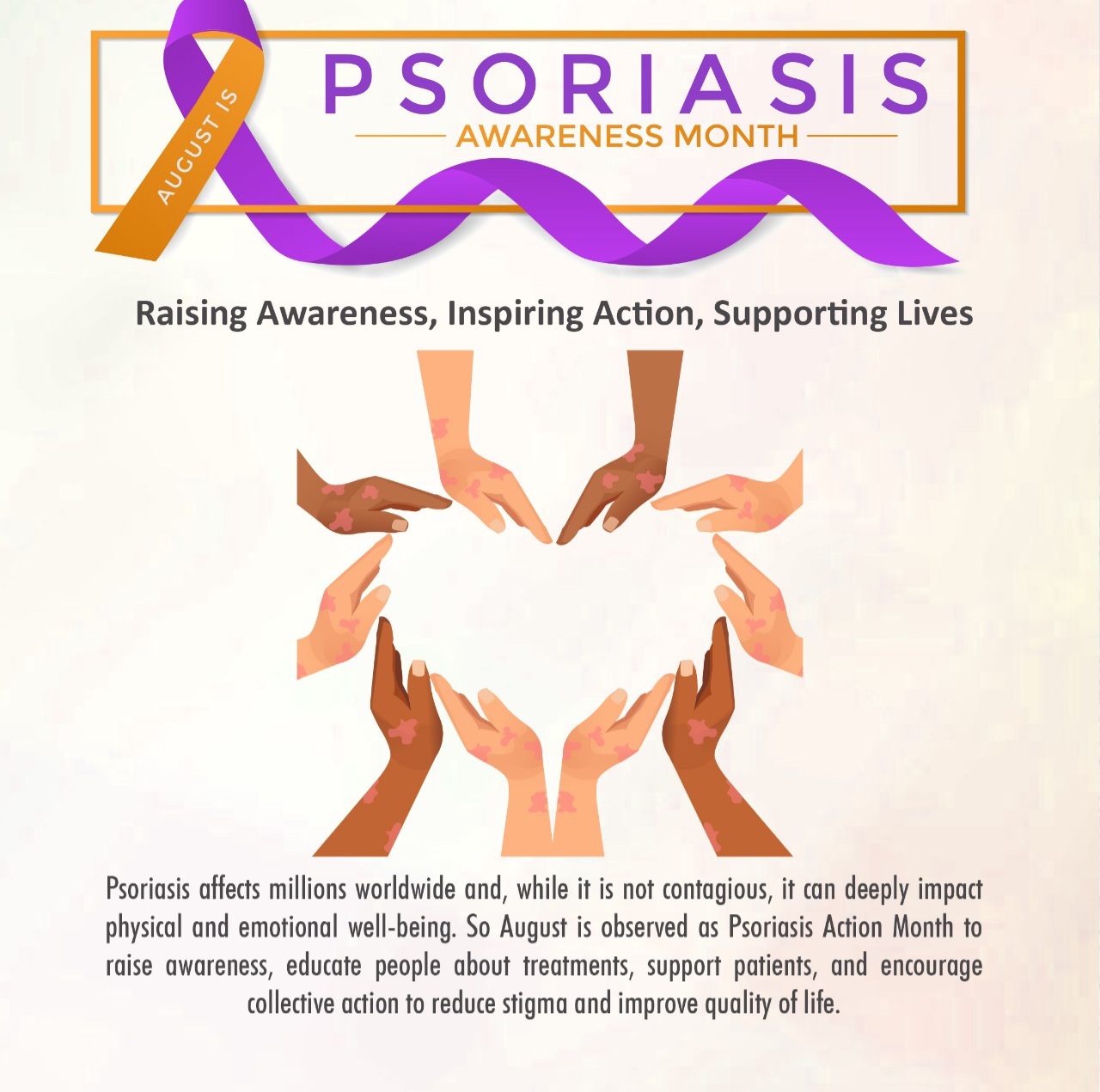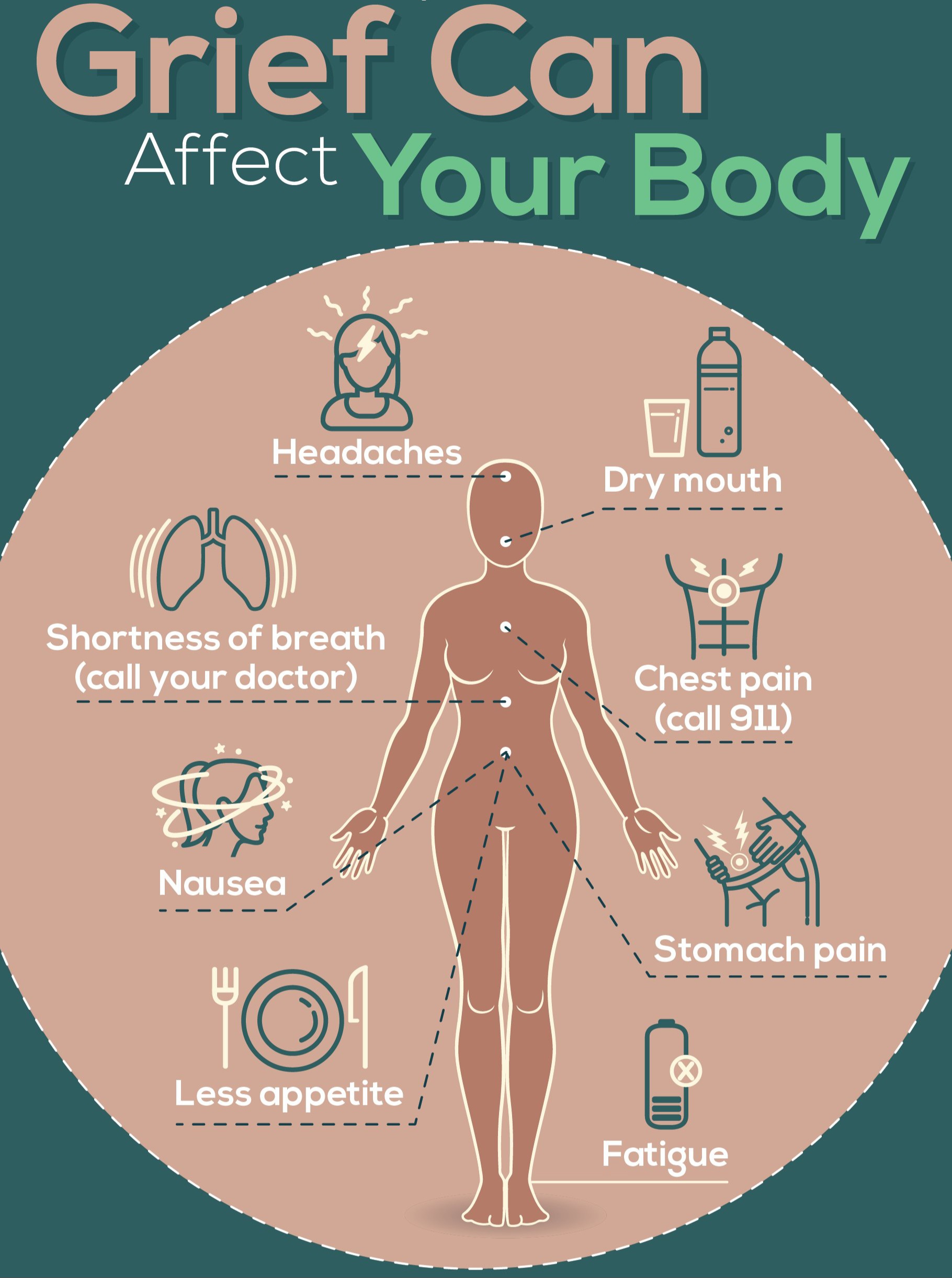The general strategy of management of asthma is to prevent occurrence of symptoms or to minimize worsening of symptoms.
These measures can be achieved either through taking appropriate medication or avoiding exposure to triggers.
1. Medication
Medication involves using either control or relief agents.
The most common medications used as control agents (regular use to control symptoms) are inhaled corticosteroids, long acting bronchodilators (mainly Formoterol), theophylline, leukotriene modifiers, anti-IgE antibodies, anti-interleukin5 antibodies and anti-interleukin4/anti-interleukin3 antibodies.
Relief medications used to relieve acute asthma attacks include short acting bronchodilators (mainly Albuterol), systemic corticosteroids and Ipratropium (and other anti-cholinergics).
Other important medications for asthma are outlined below
A). Use of Biologics (Monoclonal Antibody Therapy): These are targeted therapies for severe asthma that do not respond well to standard treatments. Examples include:
- Omalizumab: Targets immunoglobulin E (IgE) to reduce allergic responses.
- Mepolizumab and Benralizumab: Target interleukin-5 (IL-5) to reduce eosinophilic inflammation.
b). However, new medication strategies have utilized combined medications to increase effectiveness. For instance, Inhaled Corticosteroids (ICS) are often combined with long-acting beta-agonists (LABAs) to provide better symptom control with lower doses, minimizing potential side effects. Examples include:
- Fluticasone: An ICS that reduces airway inflammation.
- Budesonide/Formoterol (Symbicort) and Fluticasone/Salmeterol: Combination inhalers that offer both anti-inflammatory and bronchodilator effects.
c). Reliever Therapy has also utilized combination inhalers that contains both a steroid and a rapid-acting bronchodilator. It simplifies treatment by using the same inhaler for both daily maintenance and relief during an asthma attack. An example is: Budesonide/Formoterol (Symbicort): Used for both maintenance and quick relief.
d). Leukotriene Pathway Modifiers: These medications block the effects of leukotriene, inflammatory chemicals that contribute to asthma symptoms. Examples include: Montelukast and Zafirlukast (Leukotriene receptor antagonists), Zileuton (A leukotriene synthesis inhibitor).
e). Mast Cell Stabilizers (Chromones): These drugs prevent the release of histamine and other inflammatory mediators from mast cells. Examples include: Cromolyn Sodium and Nedocromil: Used to prevent asthma symptoms, particularly in children.
f). Methylxanthines: These bronchodilators help relax the muscles around the airways. Examples include: Theophylline: Used as a long-term control medication to prevent nighttime symptoms and improve lung function.
Asthma Medication often utilize standard delivery systems.
Beta –agonists(both short and long acting), anticholinergics, Inhaled corticosteroids and combined medications are normally delivered using Metered-Dose Inhalers (MDI). The Inhalers deliver the medication directly to the lung.
Your Doctor will always advise on amount of dose and how many times you need to take the medication based on your age and condition.
Alternatively nebulizers can be used to administer the dose as recommended by your Doctor.
Always ensure that you know how to use inhalers, spacer with inhalers or ask your doctor or healthcare provider to demonstrate proper use of the devices.
When you notice that you don’t respond effectively to inhaled bronchodilators or corticosteroids (symptoms still persist even while you consistently comply with the medication instructions), you should consult your doctor to advise on use of other forms of administering the doses or the doctor may recommend new treatment strategies.
When symptoms persist, you must consult your doctor to check on whether your condition require hospitalization and more adequate support.
2. Natural Remedies
While medication is essential, some patients find additional relief through natural remedies. These should be used as complementary therapies under medical supervision.
Breathing Exercises and yoga can help improve breathing efficiency. These exercises promote relaxation and better control over breathing patterns.
Additionally, if you have food allergies, you can stay safe by avoiding foods that you are allergic to.
Additionally avoid the asthma triggers which are well elaborated on our tips under Asthma triggers and how to avoid them.
3. Diet
Diet plays a crucial role in managing asthma, as certain foods can either trigger or alleviate symptoms.
Diet: Foods rich in omega-3 fatty acids (found in fish like salmon), antioxidants (found in fruits and vegetables), and vitamins (like vitamin D) can help reduce inflammation and improve lung function.
Avoiding Triggers: Common dietary triggers for asthma include processed foods, and foods high in sugar. Identifying and avoiding these triggers can help prevent asthma attacks. A balanced diet that promotes healthy weight can improve asthma control and reduce the frequency of symptoms.
Note that diet advisory should always be sought from your health care provider.
N/B: Always ensure you have an asthma action plan which can be updated from time to time in consultation with your doctor or health provider. Your action plan must cover the following 3 areas:
- Daily management
- Handling of asthma attacks
- What to do in case of emergency





